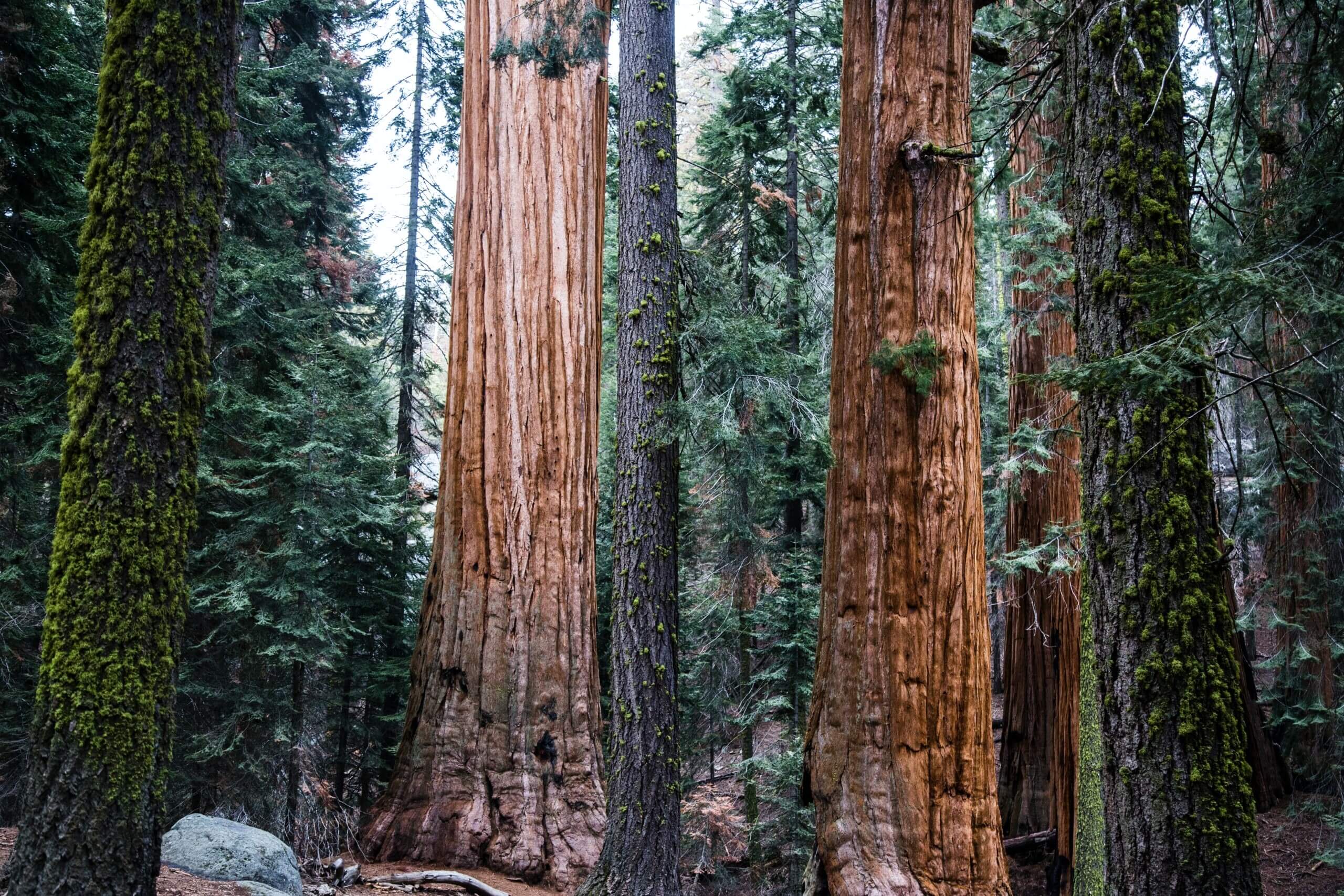SEQUOIA AND KINGS CANYON NATIONAL PARKS, Calif – Sequoia and Kings Canyon National Parks are taking the next steps toward restoration recovery efforts for forests that were impacted by high severity fire during the 2020 Castle and 2021 KNP Complex Wildfires.
Following public review of an environmental assessment (EA) to re-establish tree seedlings in severely burned giant sequoia groves and adjacent fisher habitat, the National Park Service (NPS) released its decision to replant sequoia and other mixed conifer seeds in the affected areas in the approved Finding of No Significant Impact (FONSI). The NPS will begin implementing the plan by completing field surveys and developing, reviewing, approving, and implementing planting activities where needed in these forests.
“This marks an incredible step forward in our post-fire recovery efforts and more importantly, the preservation of iconic giant sequoias and the endangered fisher,” said Clay Jordan, superintendent of Sequoia and Kings Canyon National Parks. “I want to thank the public for engaging in this process through thousands of comments during this process, demonstrating just how passionate and committed people are about preserving these forests for generations to come.”
Getting to this stage involved gathering information on the proposed action in the spring of 2022 and 2023, Tribal and agency consultation, and most recently, the development and public review of an environmental assessment. All comments received during this planning effort informed the parks’ final decision on how to address the loss of forest cover and sequoias in areas of high severity fire while minimizing impacts to natural, cultural, and wilderness resources, and the visitor experience.
The goal of the selected approach, identified as the preferred alternative in the EA, is to point these groves and critical habitat toward recovery of their pre-fire forest species compositions, as they would have done naturally had they not experienced human-caused severe fire effects during recent fires. To do so, as mentioned in the EA, the parks have been and will continue to evaluate whether or not several areas in the parks are likely to fully recover post-fire without assistance.
The evaluation process involves field surveys to identify whether or not regeneration is likely sufficient to restore these forests to a self-sustaining population. If these area-wide field surveys indicate high mature tree mortality and inadequate regeneration, planting of sequoia and mixed conifer seedlings could occur in portions of up to six giant sequoia groves and one adjacent fisher habitat corridor across roughly 1,200 acres of previously forested areas. Planting plans, informed by site-specific evaluations and analyses, will determine final acreage and specific locations of any planting actions.
In anticipation of this FONSI, the NPS has been actively working on data collection and analysis. Based on a model of decisions and their possible consequences that was provided in the EA, the parks have developed and are currently reviewing replanting efforts at Redwood Mountain Grove and Board Camp Grove. The parks anticipate approving these plans in the coming days, with work beginning shortly thereafter to complete as much work as possible ahead of winter.
The FONSI was written in accordance with the National Environmental Policy Act (NEPA) and identifies the selected alternative to prevent an unacceptable loss of giant sequoias in the limited number of groves where they naturally occur; restore habitat for an endangered species; and avoid type conversion of these forests to high severity, frequent fire shrub communities, thereby protecting, in part, the surrounding forests from more frequent, high severity fire.
The FONSI and supporting documentation, including a revised EA and response to public comments, is available on the NPS Planning, Environment, and
Public Comment website. This is also where the public can stay up to date with replanting efforts for each area, including data analysis and work plans.


